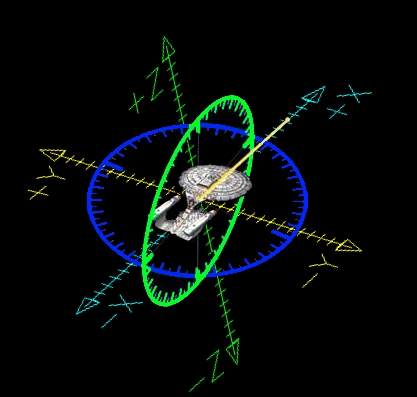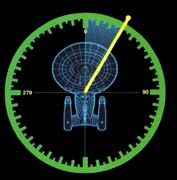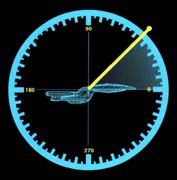☰Menu
☰Hide Menu
Formations
The tactical goal of a squadron is supported by formations.
Formations are represented using molecular geometry diagrams courtesy of http://molview.org/. Ships in formation are identified by green atoms, a target ship by larger red atoms and grey atoms provide points-of-reference to improve clarity. The images are not static. Scroll the mouse wheel to zoom and drag to rotate each image.
Square
A pursuit formation with each pursuing vessel equidistant from the target. The target vessel cannot deviate from it's central median-transverse point without improving the tactical stance of the pursuing vessels.
Line
The simplest formation with a target vessel followed by multiple tailing vessels in-line. Tactical options are very limited for tailing vessels.
Diamond
An attack formation with a tailing vessel located optimally for a forward strike weapon. Outrigger vessels corral the target vessel to some degree without obscuring the tailing vessel's tactical position.
As a defensive formation, the trailing vessel is optimally protected from a beligerent vessel.
A variant of diamond formation is a three-vessel diamond with a lone, non-formation vessel to harass the target.
.png)
Carbon
A defensive formation that provides optimal coverage by a four-vessel formation with each vessel facing distally from a central point.
A principal ship located in the centre of a carbon formation is provided comprehensive defensive coverage. Defensive capability may be lost in-transit depending on the tactical capabilities of escort vessels.
As an attack formation, a target vessel located in the centre of a carbon formation has no obvious optimal escape vector. An escape solution requires the analysis of the situation in-hand.
Axes

image courtesy of http://wiki.maquis.com/w/Navigation
Space, a seen from a fixed point such as a starship, is described in three axes: x, y, z.
Headings and Bearings


images courtesy of http://wiki.maquis.com/w/Navigation
Starships move in three-dimensional space by describing a heading or bearing in two planes: azimuth and pitch. Azimuth is rotational in the x-y plane. Pitch is lateral in the x-z plane.
A heading or bearing is described in the form azimuth, mark, pitch. Headings and bearings are given in degrees of arc; 360 degrees of arc in a complete circle. For example, bearing 30 mark 45 describes an object approaching slightly from starboard above the ship's dorsal plane.
Starships have six major cardinal directions: forward, aft, port (leftward), starboard (rightward), dorsal (upward), and, ventral (downward). Bearings can be grossly described using cardinal directions when a specific bearing is unnecessary. Each cardinal direction encompasses roughly a quarter-turn. For example, forward includes bearings directly forward but more generally a cone centered at bearing 0 mark 0. An object more-or-less halfway between forward and starboard would be located forward, quarter starboard.
Anatomy
The anatomy of a starship is based on animal models. For example, on a Federation starship, the saucer is a dorsal plane with the drive section in a caudal-ventral direction.

image courtesy of http://www.bio.miami.edu/dana/pix/animal_body_planes.png (local copy)
.png)
